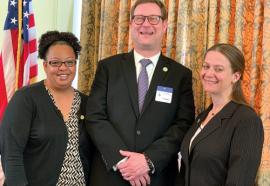Residential EV Time-Varying Rates That Work
Influencing Charging Behavior
Since forecasts predict much of the future charging load associated with EVs will occur at home, residential time-varying rates will be a valuable tool for utilities to manage system costs by influencing EV charging behavior.









